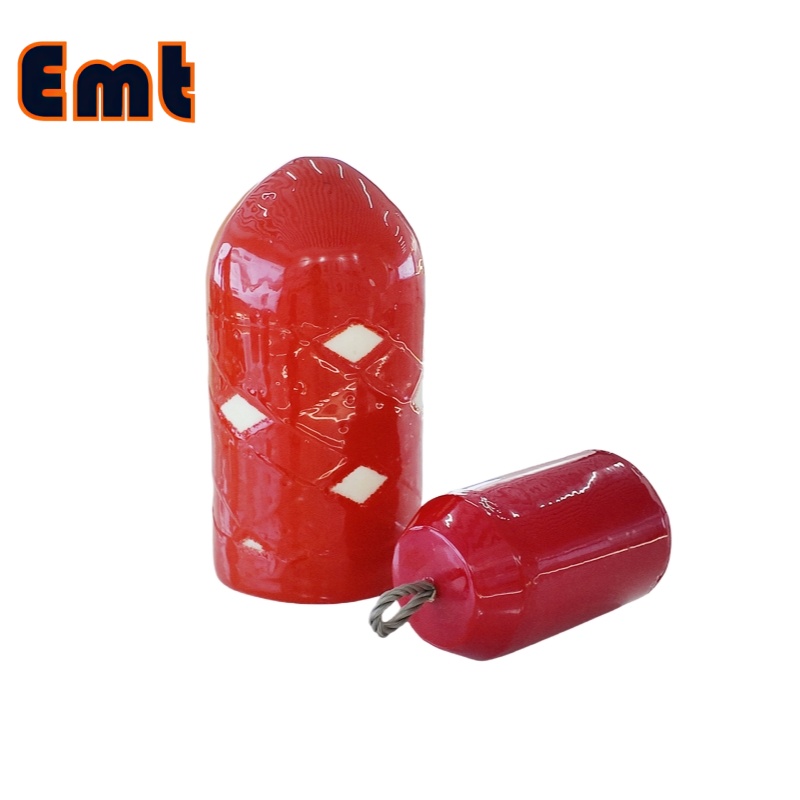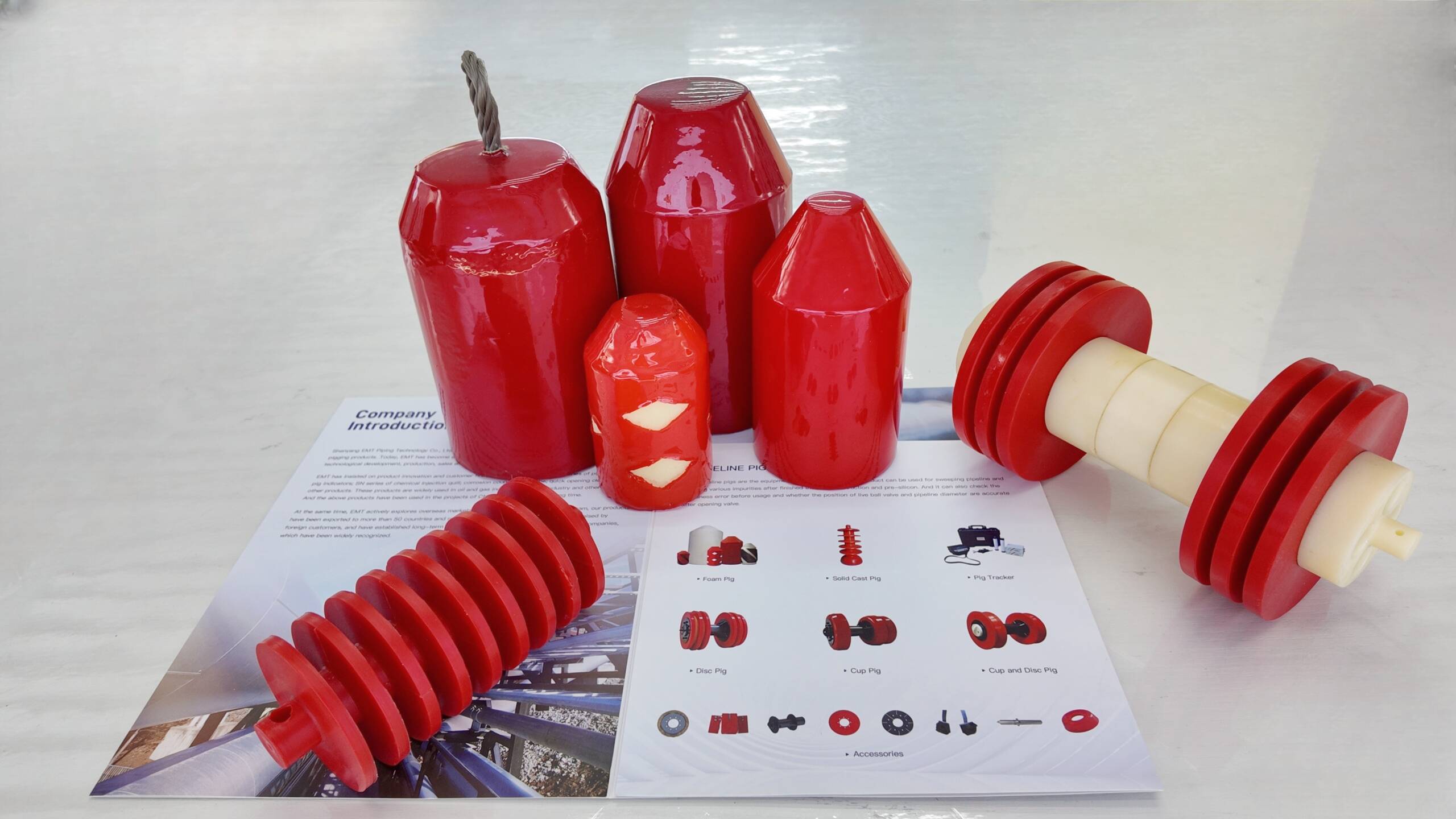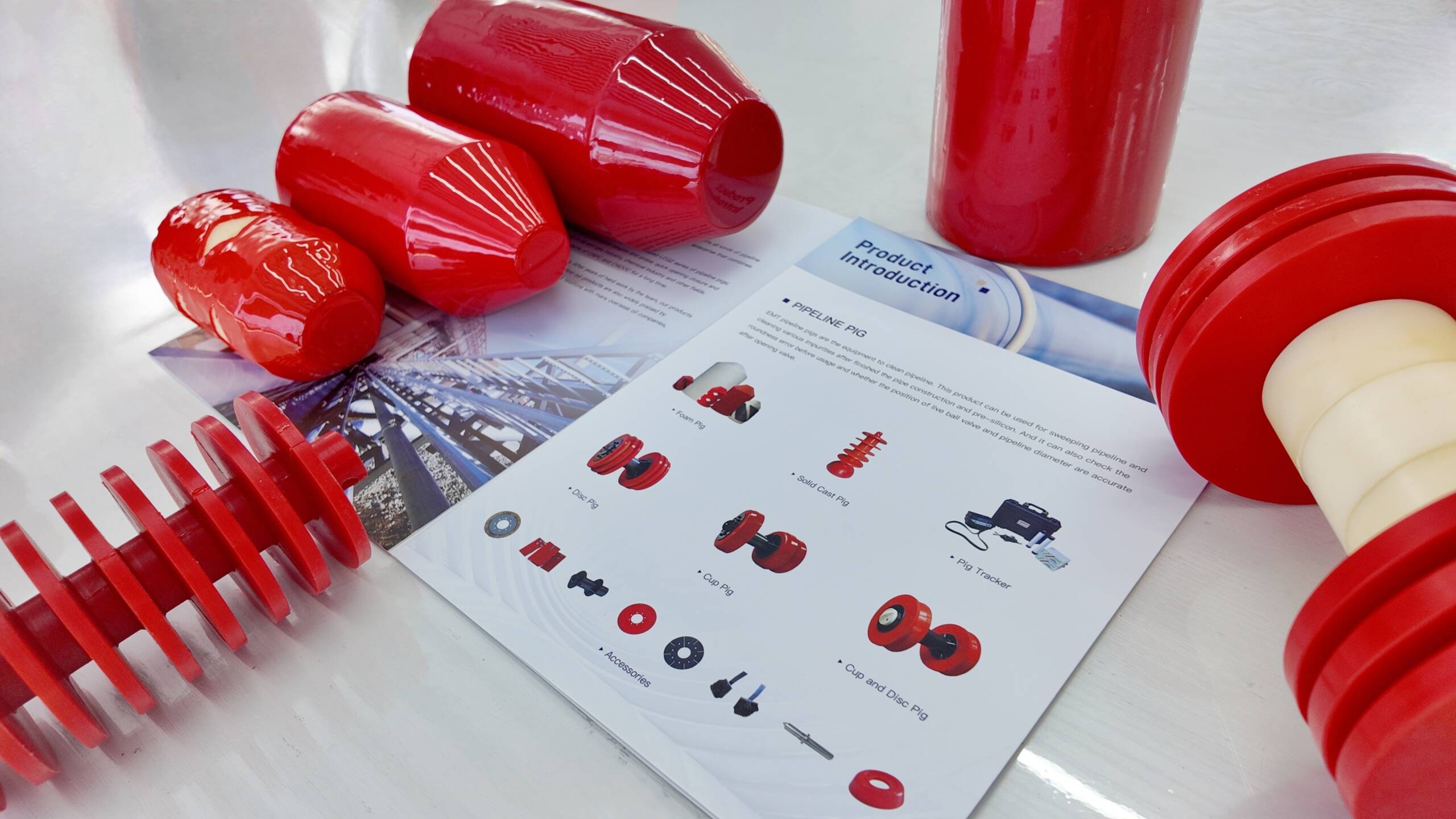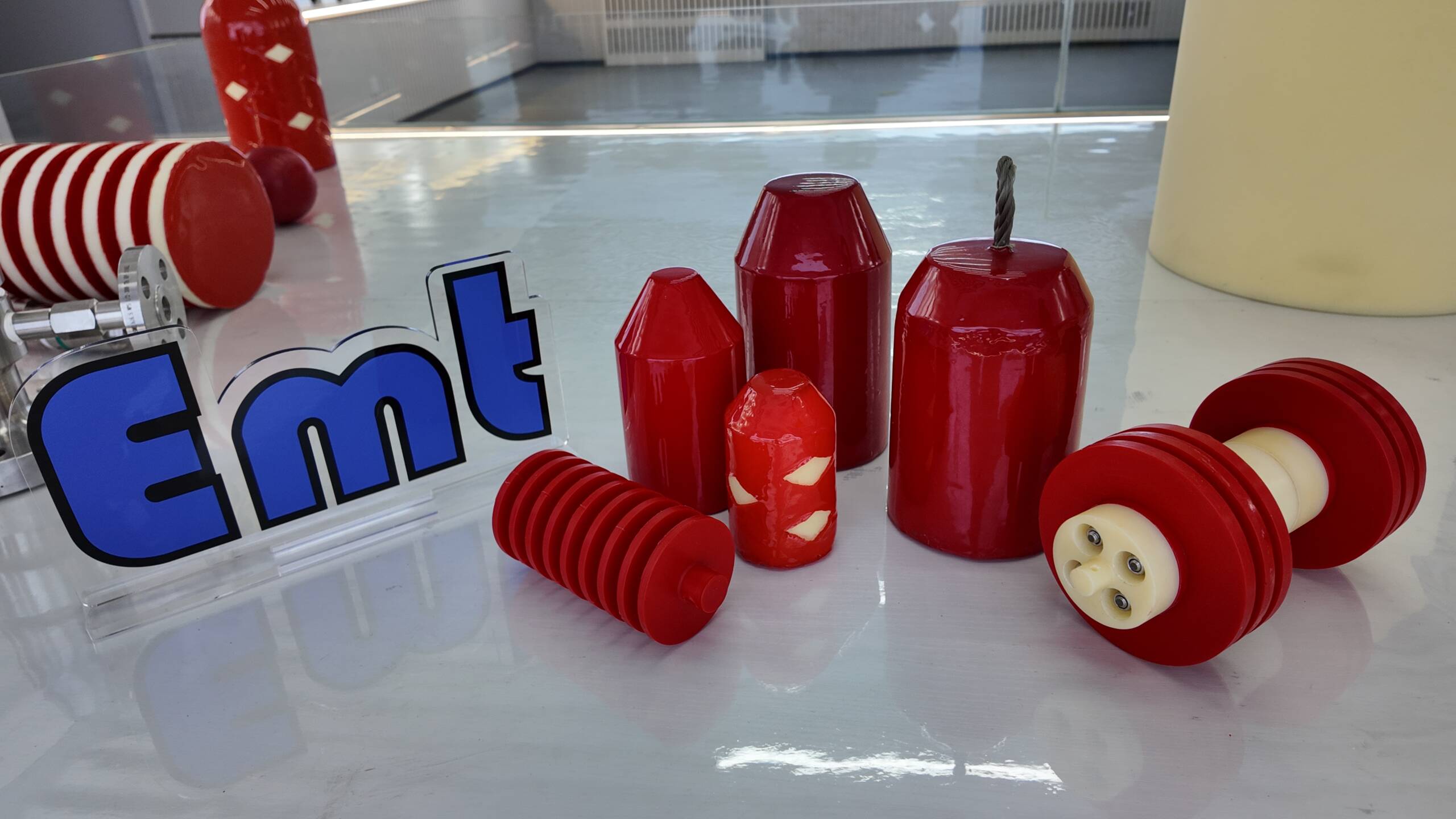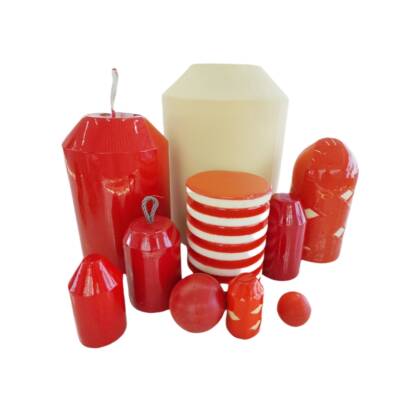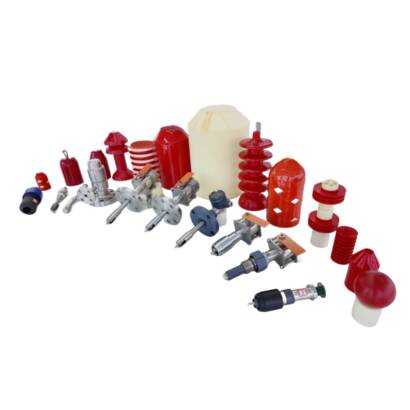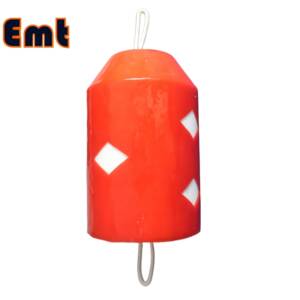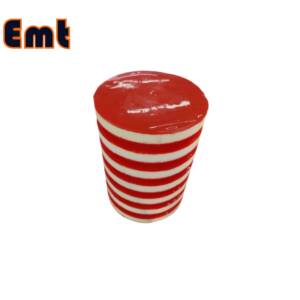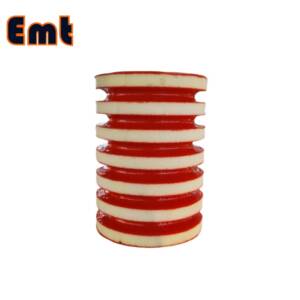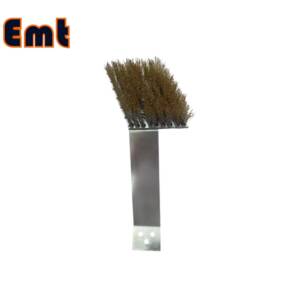Description
Introduction
Pipeline Pigging is an essential technique employed in the upkeep and enhancement of industrial pipelines. The term “pigging” is derived from the distinct squealing sound produced by the early foam or rubber cleaning devices, commonly referred to as “pigs,” as they moved through pipelines. These pigs are placed into pipelines and are driven by the flow of the transported material—whether it be oil, gas, or another substance. As they progress through the pipeline, these pigs carry out various tasks including cleaning the pipeline, clearing out debris, and inspecting for any structural damages. This process plays a vital role in maintaining the efficiency of pipeline operations, minimizing the likelihood of obstructions, and prolonging the infrastructure’s durability. Employing appropriate pigging products allows industries to realize substantial savings in costs and enhancements in operational efficiency.
Selecting Optimal Pigging Products for Pipeline Efficiency
The significance of choosing appropriate pigging products is paramount, as the success of your pipeline maintenance largely depends on this critical decision. Different pipelines, whether they transport oil, gas, water, or food products, present unique requirements and challenges that demand specific solutions. Selecting the right pigging product is essential for ensuring your pipeline operates at its maximum efficiency. For example, while a foam pig may suffice for light cleaning tasks, tougher deposits or pipelines with numerous bends might require the sturdiness of steel or poly pigs. An incorrect selection could prove not only ineffective but also potentially harmful to the pipeline, causing expensive repairs and operational interruptions.
Budget considerations are also vital. Although cheaper options may seem attractive, it is crucial to evaluate the long-term benefits. High-quality pigging products, though more costly upfront, tend to provide superior performance and durability, which can translate into significant long-term cost savings.
In conclusion, the choice of pigging products is a crucial determinant of your pipeline’s cleanliness, longevity, operational efficiency, and overall cost-effectiveness. It is essential to make an informed decision that aligns with the specific needs of your pipeline, the materials transported, and the challenges faced.
Key Criteria for Choosing Pipeline Pigging Products: Material Compatibility
Material compatibility stands out as a crucial factor when selecting pipeline pigging products. This term encompasses the interaction between the pigging device’s material and both the substance transported through the pipeline and the pipeline material itself. A mismatch in compatibility can lead to issues ranging from ineffective cleaning to potential damage to the pipeline infrastructure.
For instance, transporting corrosive substances requires a pig made from materials that resist corrosion. Conversely, if the pipeline is constructed from a softer material, such as plastic, using a pig made from a hard, abrasive material could harm the interior surfaces of the pipeline.
Temperature resistance is another vital aspect to consider. Some materials might perform adequately at ambient temperatures but could fail or degrade under higher temperatures. This consideration is especially critical in sectors like oil and gas, where the substances transported often reach high temperatures.
Furthermore, it is essential for the pig material to be chemically inert relative to the substance being transported. This precaution prevents the pig from reacting with the material, which could lead to contamination and subsequent quality issues.
In summary, assessing material compatibility involves a thorough evaluation of the physical and chemical properties of both the pig and the pipeline. Ensuring a good match is essential for effective cleaning, reducing wear and tear on the pipeline, and maintaining the integrity of the transported substance.
Top Recommended Pipeline Pigging Products
Mechanical Pipeline Pigs
Cup-Style Pigs
Material: Premium elastomers.
Design: Multiple sealing cups for thorough cleaning.
Flexibility: Maneuvers through pipeline curves.
Debris Removal: Removes liquid and solid waste efficiently.
Compatibility: Available in various sizes for different pipelines.
Ease of Use: Simple to deploy and extract.
Disc Pipeline Pigs
Material: High-quality polyurethane.
Design: Equipped with multiple sealing discs.
Bi-Directional: Travels in both directions.
Debris Removal: Excellent at clearing all debris types.
Adaptability: Adjusts to pipeline irregularities.
Compatibility: Comes in multiple sizes.
Ease of Use: Easy to place and remove.
Foam Pigs
Polly Foam Pigs
Material: Lightweight polyurethane foam.
Design: Various forms and densities for specific needs.
Debris Removal: Effective at removing liquid residues.
Coating Compatibility: Can be coated for enhanced cleaning.
Flexibility: Highly flexible for navigating curved pipelines.
Compatibility: Suits a range of pipeline sizes.
Ease of Use: Easy to deploy and retrieve.
Spherical Pigs
Material: Durable elastomers or polyurethane.
Design: Spherical for 360-degree pipeline contact.
Sealing Capability: Excellent sealing for efficient cleaning.
Bi-Directional: Moves in both directions.
Debris Removal: Effective at removing all debris types.
Adaptability: Adjusts to pipeline diameter changes and bends.
Compatibility: Available in various sizes.
Ease of Use: Simple insertion and retrieval.
Pressure Tolerance: Suitable for high-pressure environments.
How often should you use pipeline pigs for maintenance?
The frequency of pipeline pigging varies based on several factors, including the type of material transported, the age and condition of the pipeline, operational demands, and regulatory requirements. Pipelines transporting corrosive or heavy materials, or those in harsh environmental conditions, may require more frequent pigging. Additionally, older pipelines or those with a history of issues may benefit from increased maintenance. Regulatory standards in certain industries also dictate pigging schedules to ensure safety and compliance. An effective pigging frequency should be established based on an initial pipeline assessment and consultation with maintenance experts. This schedule can be adjusted over time based on monitoring results and changes in operational or environmental conditions, ensuring the pipeline operates efficiently while adhering to safety standards.


